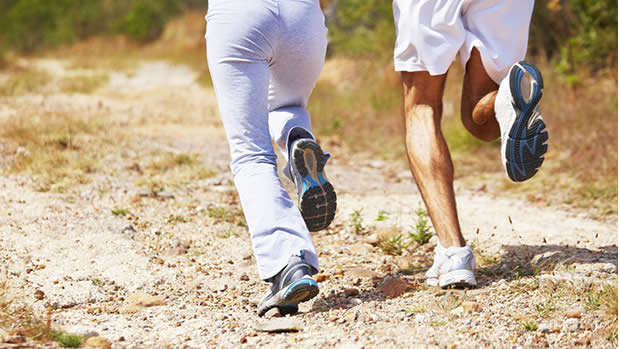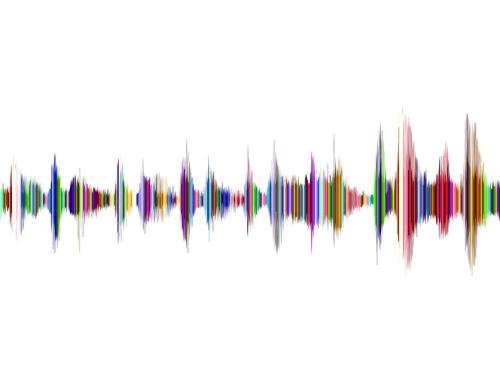One of the major reasons why so many people fail to continue on a fitness program, such as the traditional failed New Year’s Resolution, is that they do not give the body time to adapt to the exercise load.
The General Adaption Syndrome (GAS)
I’d like to introduce you to a solution called General Adaption Syndrome or GAS for short.
GAS in this context, shows us how to manage mental and physical stress, by adapting, so we can handle life’s stressors.
What is stress?
Stress can be negative, or positive and have an impact on a person’s mental and or physical well-being.
Stress can be chronic and long lasting or acute in short period of time. Stress can vary in magnitude being caused by a little irritating issue to a catastrophe.
Stress has three stages:
Stage 1: The alarm reaction stage. It is when stress causes a fight or flight reaction.
Stage 2: The stage of resistance and adaptation. If the stress continues, the body adapts and either lessens or removes the stress, or if it does not, then we enter stage 3.
Stage 3: The stage of exhaustion. If the stressor is not stopped, the body enters a stage of continuous stress, that can lead to total exhaustion.
The human perception of stress and response to stress is affected by almost every characteristic that makes us individuals and therefore our reaction to a stressor is very dependent on our personal makeup.
For example, a job or sport that one person finds anxiety-provoking, might be quite appealing and enjoyable to someone else. Stress can be good or bad.
GAS works in the second stage of stress, the reactive adaptive stage.
GAS works by using short bouts of a specific stressor that does not exhaust the person’s ability to handle this stressor.
When the stressor is at a low enough level the body or mind can deal with it and positively adapts, this is called adaption energy. The adaption energy continues to increase with each repetition of this specific stressor, and the person’s capacity and confidence to handle both physical and mental stressors increases. The process is repeated over and over with very small increases of amplitude of the stressor the affect that the stressor is lessened with each repetition. Potentially over time the stress reaction to the stressor will be eliminated.
GAS stress reduction strategies
Mental stress example
In my younger days I was a competitive athlete in two sports, ice hockey and
figure skating. It was figure skating that taught me how to perform in front of large audiences. I can remember when I did my first competition, it was a one minute solo in front of my parents, my coach, three judges and maybe twenty people in the stands.
I threw up before I went on the ice and my nerves made my performance shaky. Fortunately, my competitors were just as shaky as me and I won.
Over the years the programmes increased in length and difficulty and fifteen years later I skated in the Olympics in front of 50,000 people and a worldwide television audience. I accomplished a 5 minute highly technical and artistic program with only a heightened sense of awareness and focus. This is GAS at work.
Physical stress example
Let us take a new brick layer as an example and imagine their first day of brick laying. By the time they have mixed mortar and lifted and placed a hundred or so clay bricks they are exhausted. By the end of three months they are doing 1000 bricks a day and by six months 400 bricks an hour. Again, this is GAS in action.
This can be applied to every type of fitness training that the body needs.
GAS healing
One can use GAS to heal a physical injury and reduce pain.
For example, in dealing with a sprained ankle or chronic injury, just use a small bit of movement until pain is felt, then repeat and carry on with the GAS protocol by gradually increasing the movement and resistance.
By using GAS, we can deal with chronic pain and its management, one just follows the same procedure as a physical injury.
My 90-year-old mother has sever chronic pain in her legs below her knees. I gave here exercises; they were painful, but she soldiered on. Now in her case the pain has not gone, but she has taught her brain how to deal with it. She has gone from basically being chair bound to walking a half kilometre there and back to the centre of the village at least 5 times a week. In addition, she no longer is fixated on her pain.
It is my belief if she continues with the exercises, new neural pathways will be established and eventually pain will cease.
GAS healing nerve damage
In 2010 there was an incident that happened to me because of a degenerative back. I was in a lot of pain and developed drop foot. I had to stop playing golf and ice hockey and it was embarrassing walking. The doctor told me I would have the drop foot and back pain the rest of my life. I decided to do something about it.
From my coaching and academic study, I knew all the muscles of the body and their functions. I knew I needed to teach my foot to pull up and I needed to protect my back.
I designed a rehab program of back exercises and a one leg exercise on a stationary bike all based on the GAS protocol. I used the top of my foot to pull up the peddle on the back part of the stroke. I spent every day doing this. At first, I could only do it for about 15 to 20 seconds. A year later I was doing it for 30 minutes and I was back playing golf and ice hockey and could walk with only a bit of a slap of my foot.
Three years after the first instance, I was free of any drop foot and my back pain has reduced significantly. Due to GAS its impact is minimal and I’m back to playing ice hockey at a competitive level with guys thirty years my junior.
Having studied the way the brain can heal itself I can see this is what I had done. I used GAS to get the brain to relearn different nerve paths to the muscle that lifted my foot, and taught the brain not to feel the pain. This procedure is now used to deal with stroke victims to get them mobile again.
A little bit at a time
So, to deal with debilitating physical and mental stressors use GAS – The General Adaption Syndrome. A little bit at a time.




